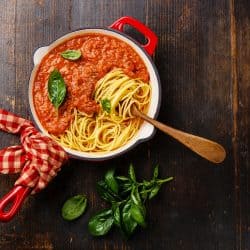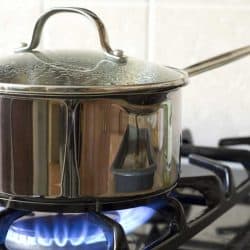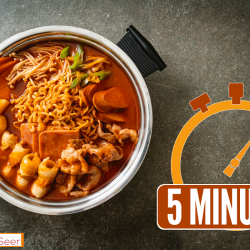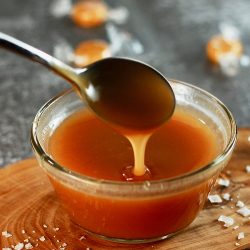To cover your pot or not to cover your pot? Home cooks worldwide can agree that sometimes the answer is ambiguous, but we're here to help! We did the research and figured out exactly when you should put the lid on your cooking pot and when it's best to leave it off.
Cooking with the lid will generate and trap more heat, while a lidless method provides gentler cooking that allows more liquid to evaporate. If you're trying to speed up the process or want to keep every drop of liquid in your pot, cook with the lid on. For a slow simmer or a reduced sauce, go uncovered.
Whether you're letting soup simmer on the stove all day or making a quick pot of rice, we've got you covered. Keep reading to learn more about the science of cooking and why a covered pot acts differently than an uncovered one.
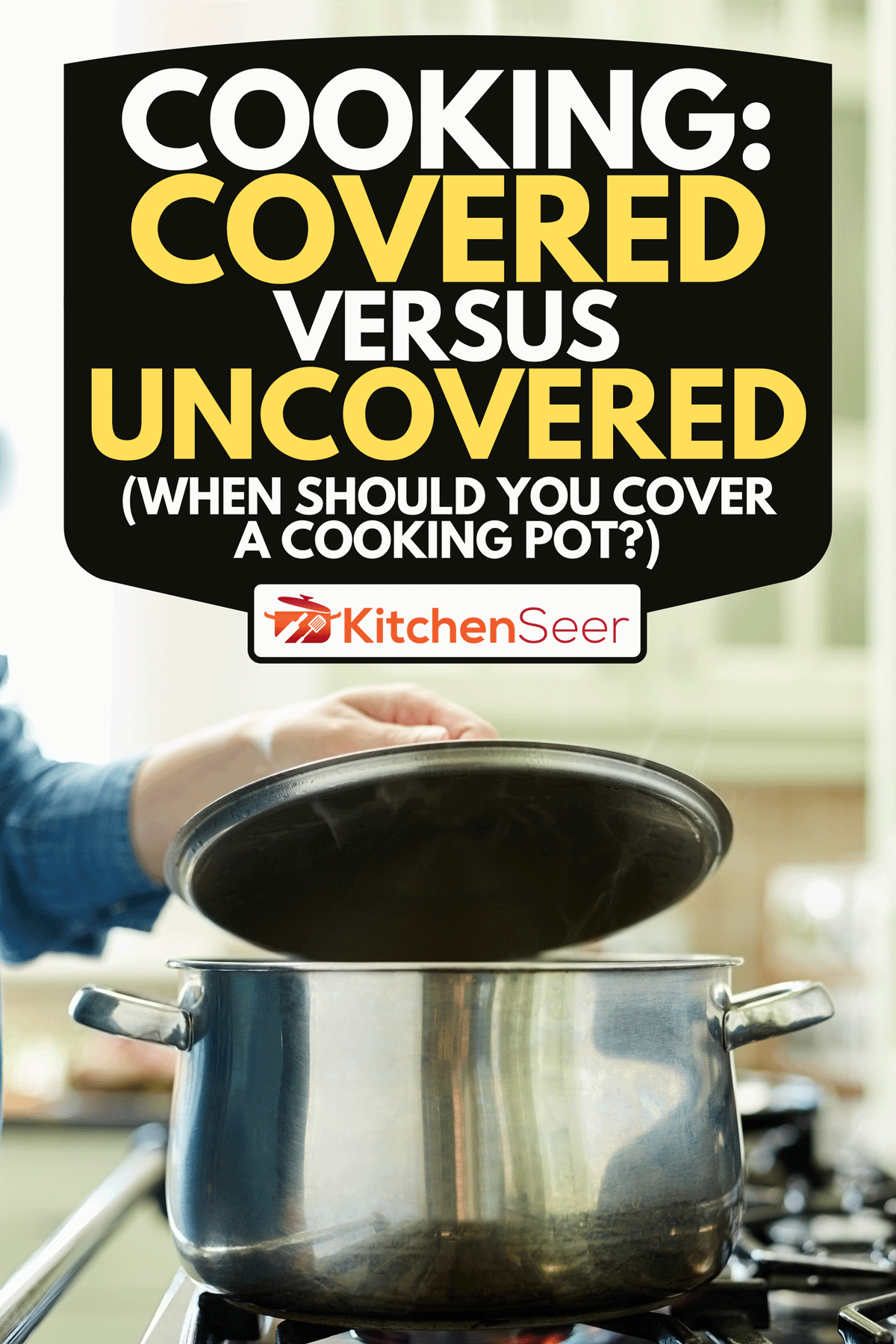
When To Cover Your Pot
There's one basic tenet of stovetop cooking that everybody should know: if you want to trap heat, then keep the lid on. An uncovered pot not only releases valuable steam that can help soften vegetables, but it exposes the contents of your meal to the cool air in your kitchen. By putting a cover on your pot, you create a sealed environment that generates much more heat and encourages flavors to meld together.
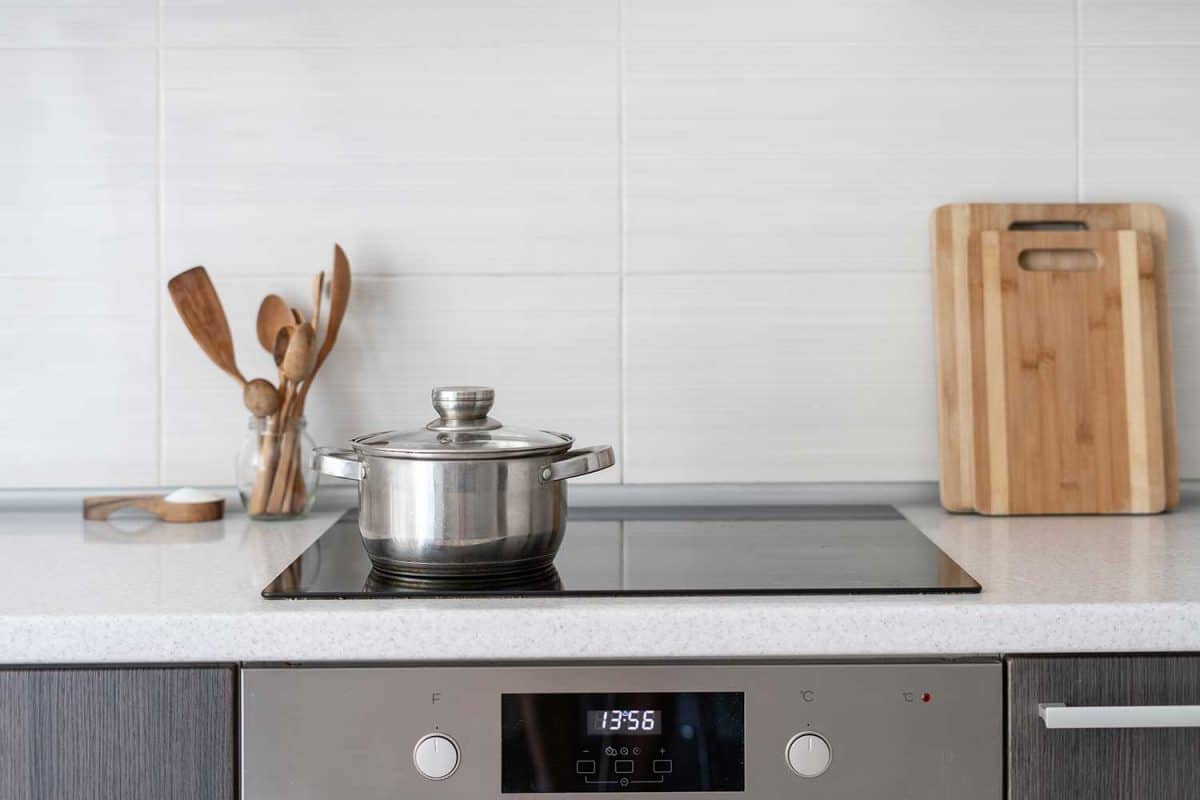
Lid-on cooking is the way to go for many dishes, but we'll start with the absolute basics.
Does Covering A Pot Boil Water Faster?
Yes, it does! This is a lifesaving time hack for anybody who isn't yet aware. Like we've said, covering your pot will hold in heat, so putting a lid on your pot of water will speed up the boiling process.
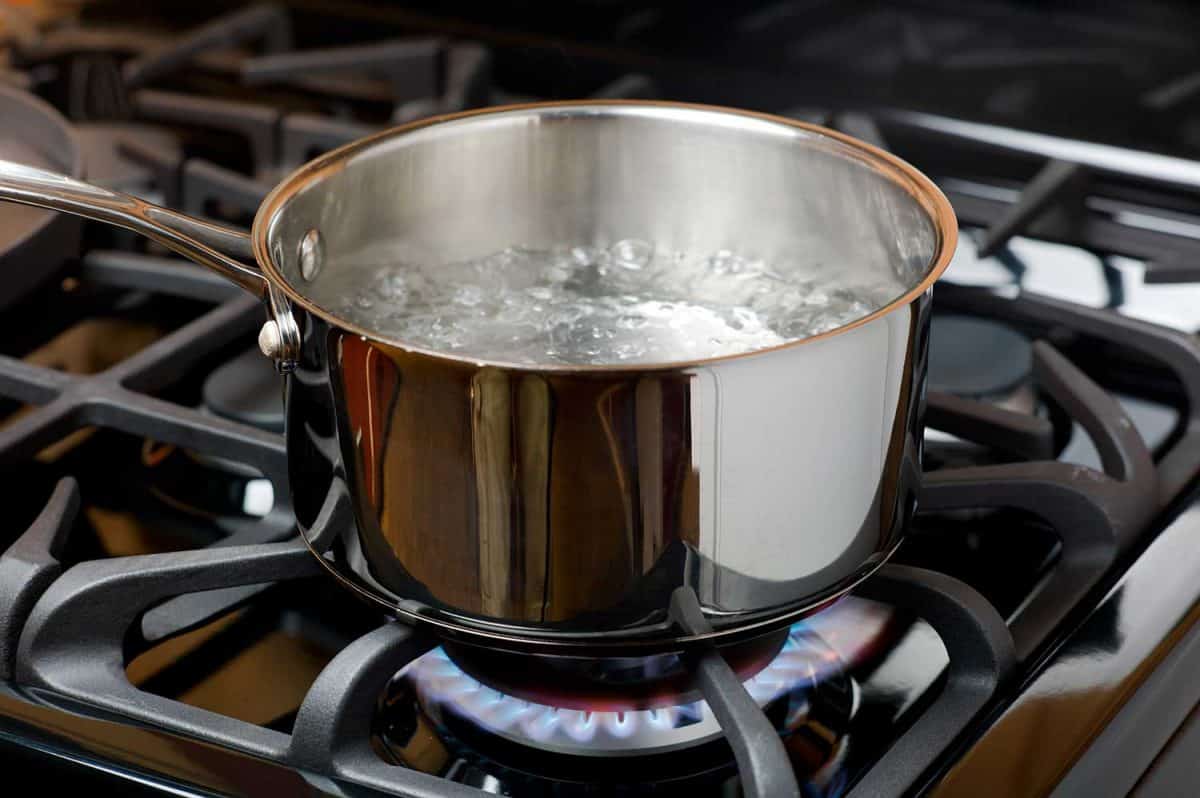
Covering your pot will also trap any condensation and keep the water from evaporating. If you've ever set a lidless pot to boil and forgotten about it for a little too long, you know how this story goes – half of the water is gone by the time you remember to check! Avoid this problem by always covering your pot of boiling water.
Don't Let Liquid Evaporate
For dishes that require very specific liquids ratios to solids, cooking with the lid on is a must. Think of a simple pot of rice – in order to achieve that heavenly fluffy texture without crunchy bits or a gummy consistency, the amount of water in the pot is critical.
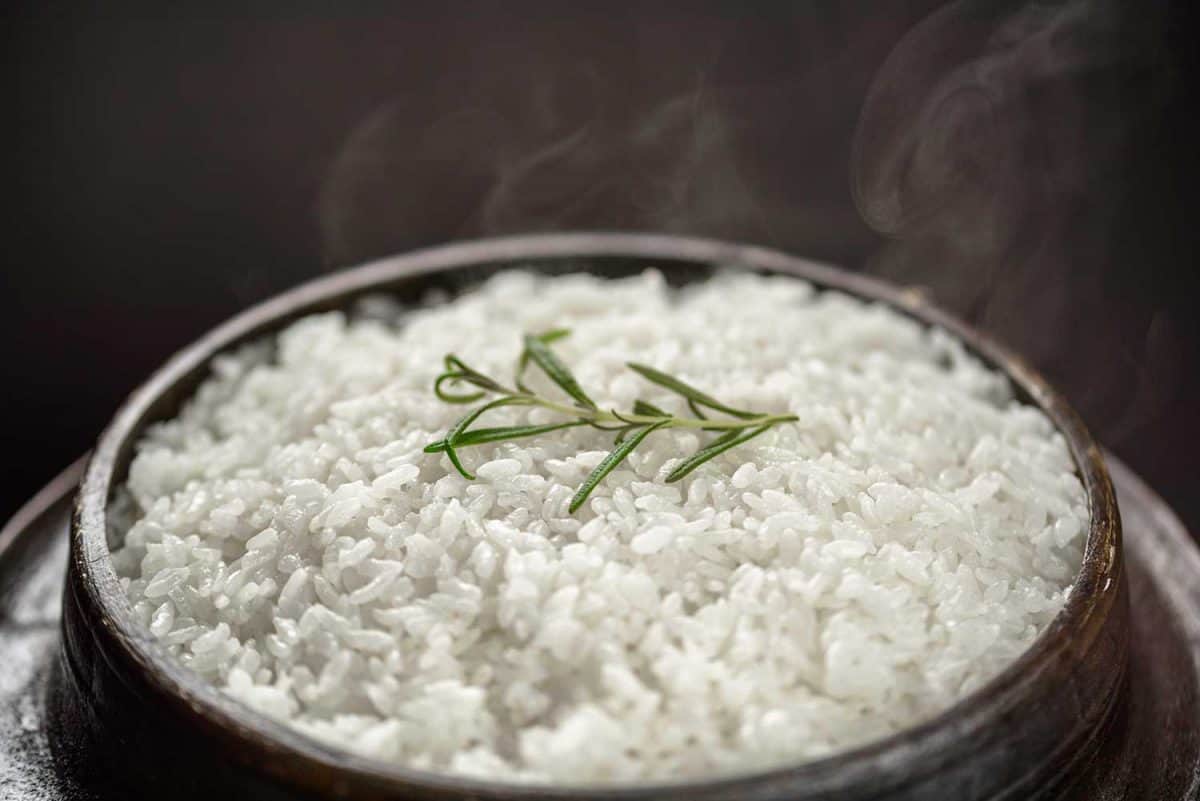
For recipes like this, always cover your pot to keep water from escaping. You don't want to risk throwing off the proportions of your dish. Check out this article 'How To Cook Rice In A Casserole Dish' for more tips and tricks.
The Upside Of Steam
While steam is the enemy of crispy fried foods and perfectly seared meats, it has a time and a place in your culinary utility belt. Steam is created with water and heat, and when you trap that steam in with a lid, magic can happen.
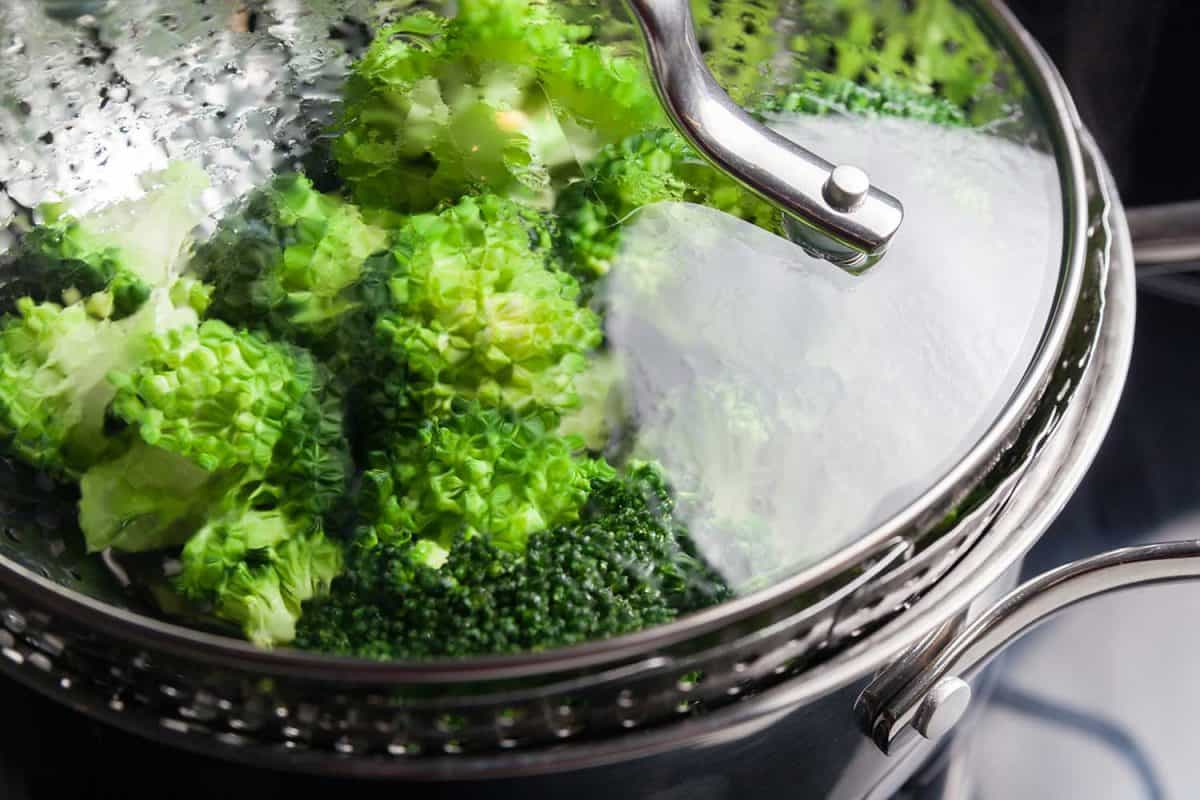
Perfectly cooked vegetables are a cinch when you know how to steam correctly. Simply place your cut veggies (broccoli, green beans, asparagus – it's up to you!) in a pot or saucepan with a steamer basket and add a few tablespoons of water. Cover and cook on medium heat for five minutes – from there, do a taste-test and adjust accordingly. Steam a little bit longer for a softer consistency, or drain off the water and finish by sautéing with a little oil and seasoning. A delicious side is only five minutes and a lid away!
Check out this OXO Steamer Basket on Amazon.
When To Leave Your Pot Uncovered
While some recipes require you to treat every last drop of water in the pot as precious, others rely on evaporation for the perfect result. Learning when one or the other is necessary takes time, but luckily we're here to help.
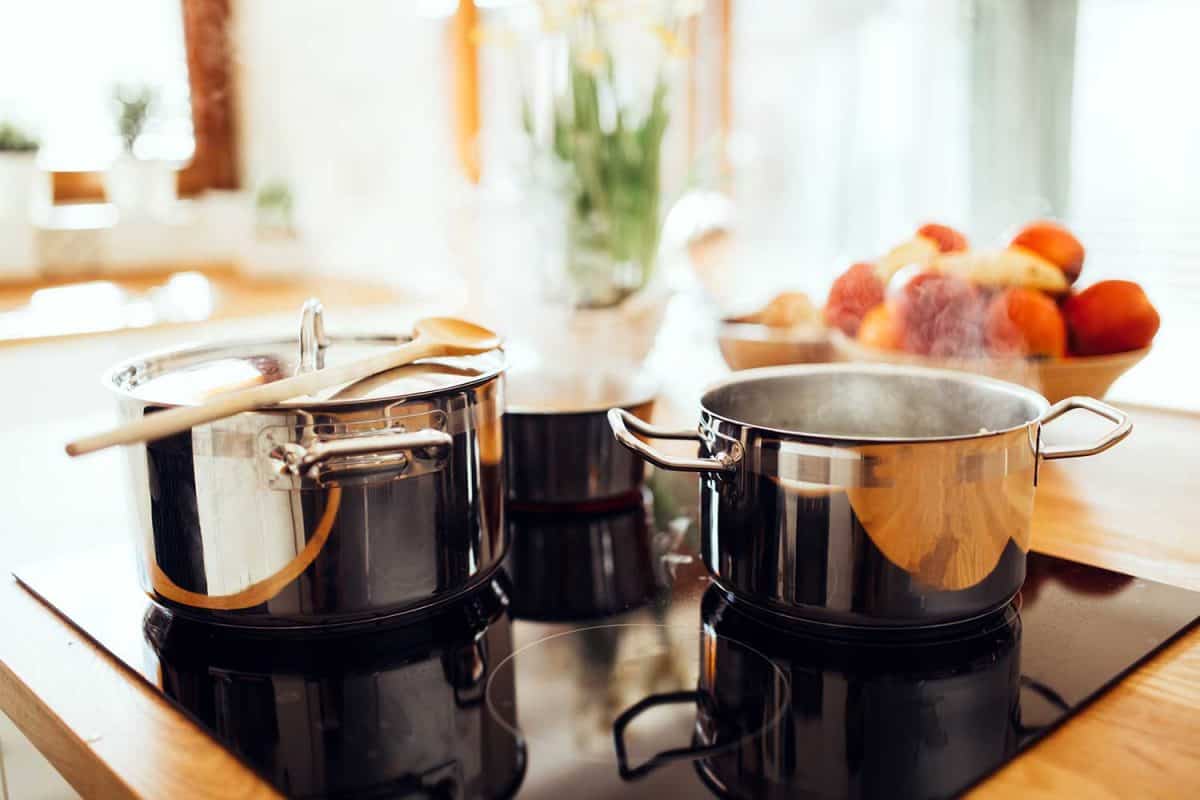
When To Reduce
Some of the best sauces and soups are created by simmering on low heat until enough liquid has evaporated and your dish has thickened to the perfect consistency. This is a prime example of when it's best to cook with your pot or saucepan uncovered.
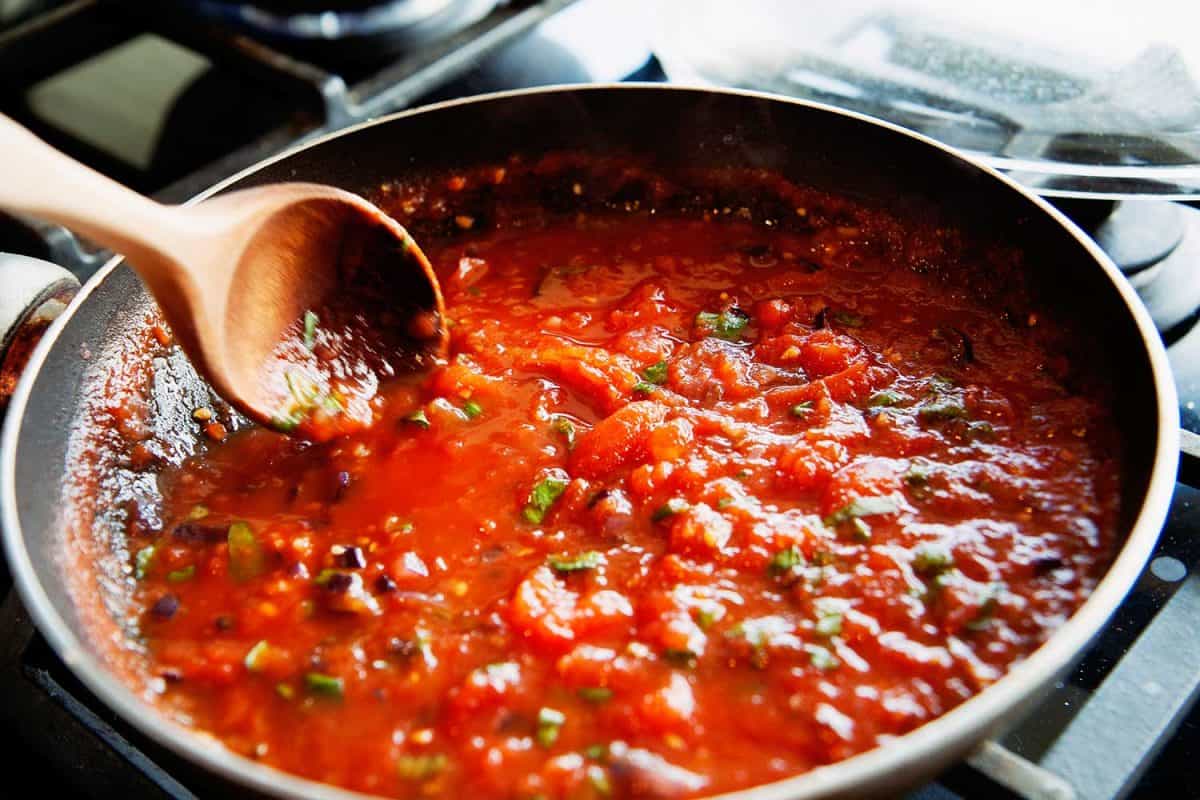
One of the most delicious ways to utilize this strategy is by making a pan sauce with drippings from seared meat. This Martha Stewart recipe for roast chicken pan sauce guides you through the process. By adding wine or broth to the pan with other aromatics and letting it simmer with the lid off, the finished product is a succulently reduced sauce that is thick and velvety.
Should You Cover A Pot When Simmering?
A simmering pot should always be left uncovered. The goal when simmering is to keep the contents of your pot just below boiling point. The gentle agitation that simmering provides will delicately keep everything moving without burning or boiling over. If your pot is covered, it will be difficult to keep your bubbling to a minimum as your pot will accumulate too much heat too quickly.
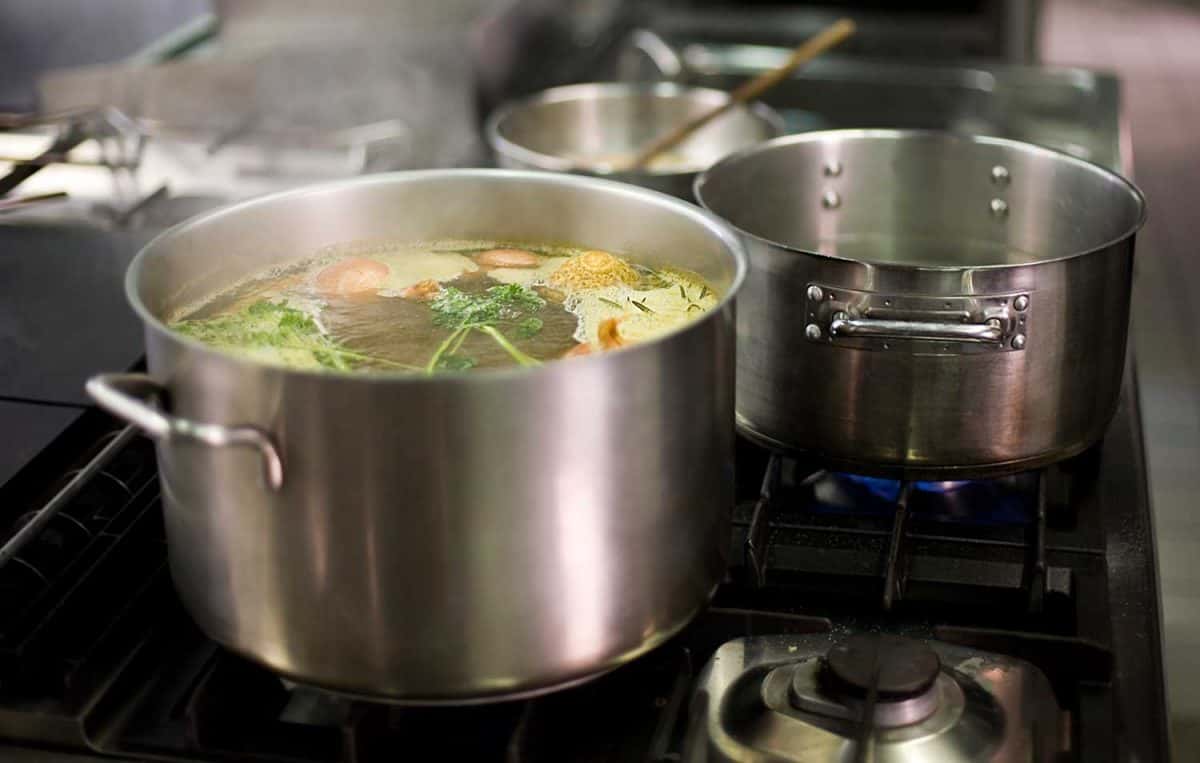
A big pot of soup that contains beans will need to be simmered rather than boiled. Beans are delicate – a steady boil will agitate them too much and cause the skins to break open. This is one such instance where a lid-off simmer works best. Planning on making a pot of soup? Check out this article 'How Big Of A Stockpot Do I Need?'
Does Food Cook Faster Covered Or Uncovered?
As we've discussed, covering your pot while cooking generates heat and speeds up the process, but quicker isn't always better. Yes, putting the lid on your pot or saucepan will both heat up your food faster and retain heat better, but trapped steam can cause sogginess in dishes where that is less than ideal.
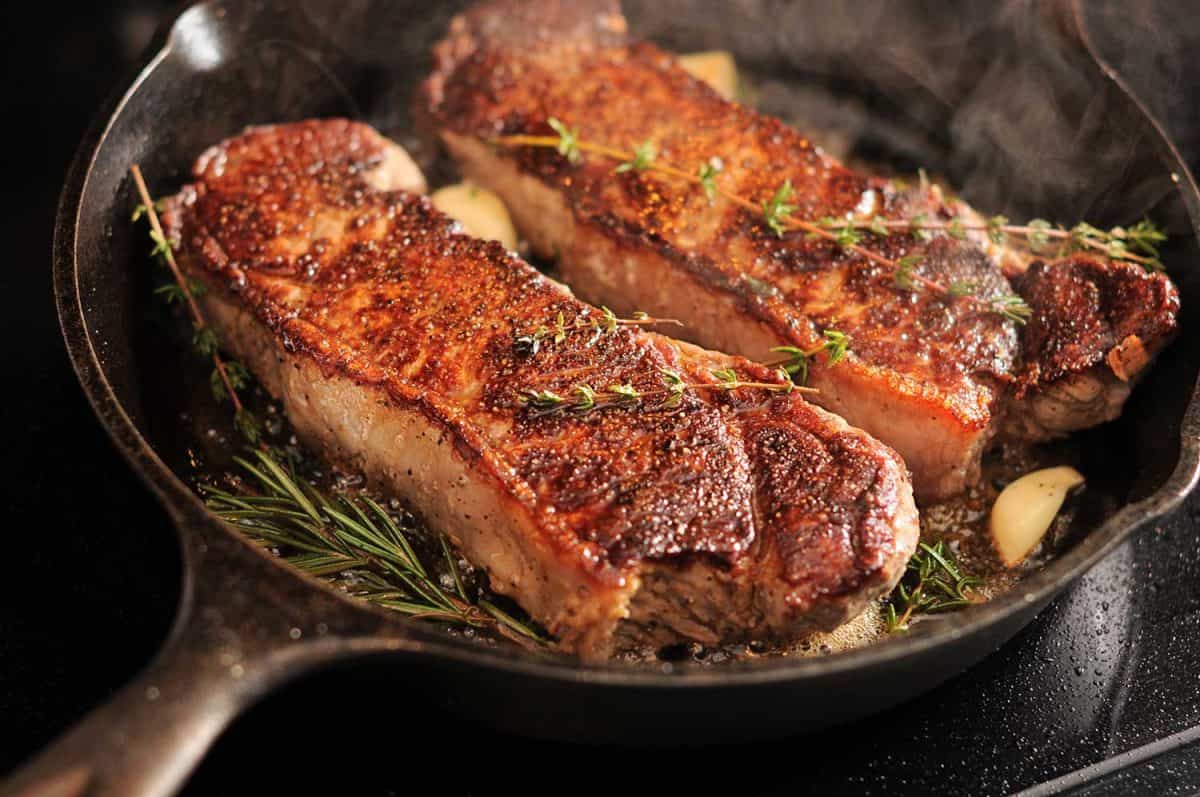
For example, a seared steak will cook faster if the lid is on, but nobody wants a steak that is gray on the outside and cooked through on the inside. To achieve the beautiful Maillard reaction you're going for, a steak should be seared uncovered to form a golden crust without any sogginess.
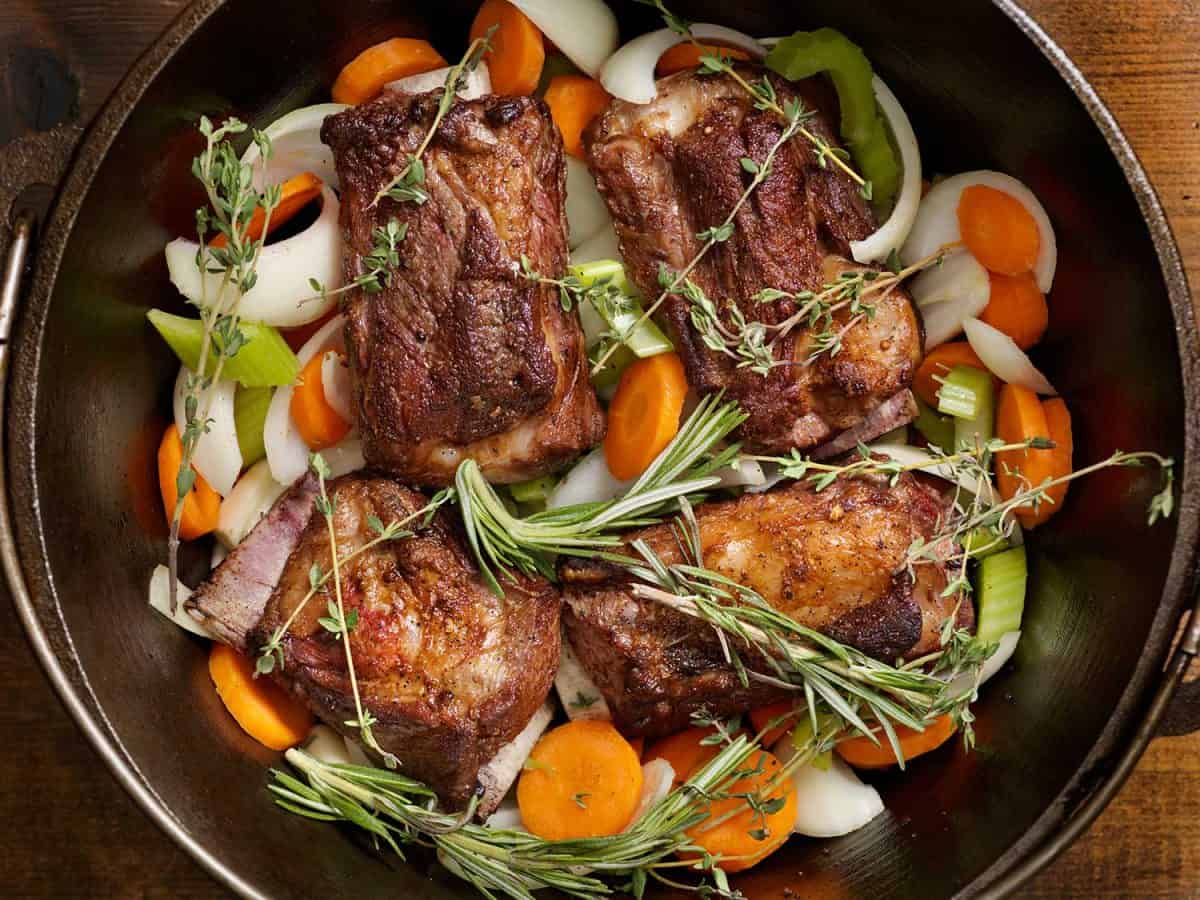
But if you're looking to cook your dish thoroughly and retain moisture, don't be afraid to pop the lid on. Braised meats, for example, benefit from cooking while covered – and you'll save some time doing it, too!
Why Does A Covered Pot Boil Over?
You may have noticed that certain foods tend to boil over, especially when they're covered. The reason for this has to do with starch molecules, so it's no wonder that starchy foods such as pasta are more likely to boil over than non-starchy foods.
Starch molecules bubble and foam at a rapid rate, and when that foam creates a layer on top of your pot trapping heat and steam underneath, your pot is likely to boil over. Avoiding this problem is all about releasing that steam, and covering your pot only adds to the problem.

For this reason, it's always best to keep the lid off your pot when cooking pasta, polenta, or other starchy dishes.
The Key To Intuitive Cooking
While we've given you some basic information that will help you determine whether to cover your pot or not, there are some instances where it may not make that big of a difference either way. This is when your intuitive inner chef can shine.

Cooking is all about paying attention to your food and determining on the fly what your dish needs. As you get more comfortable in the kitchen and learn more about the ways of the culinary world, you'll be able to sense exactly what your recipe needs in the moment. So trust your instincts! Throw the lid on your pot if you think it could use a little steam, or take it off if your dish is looking a little liquidy. The cook knows best.
Happy Cooking!
Now that you're strapped with all this new, valuable information, it's time to get in the kitchen and start cooking! Remember: a covered pot generates heat and traps steam, while an uncovered pot promotes evaporation and gentle simmering. Keep these simple tips in mind, and your next meal with be as delicious as it is easy to make!


